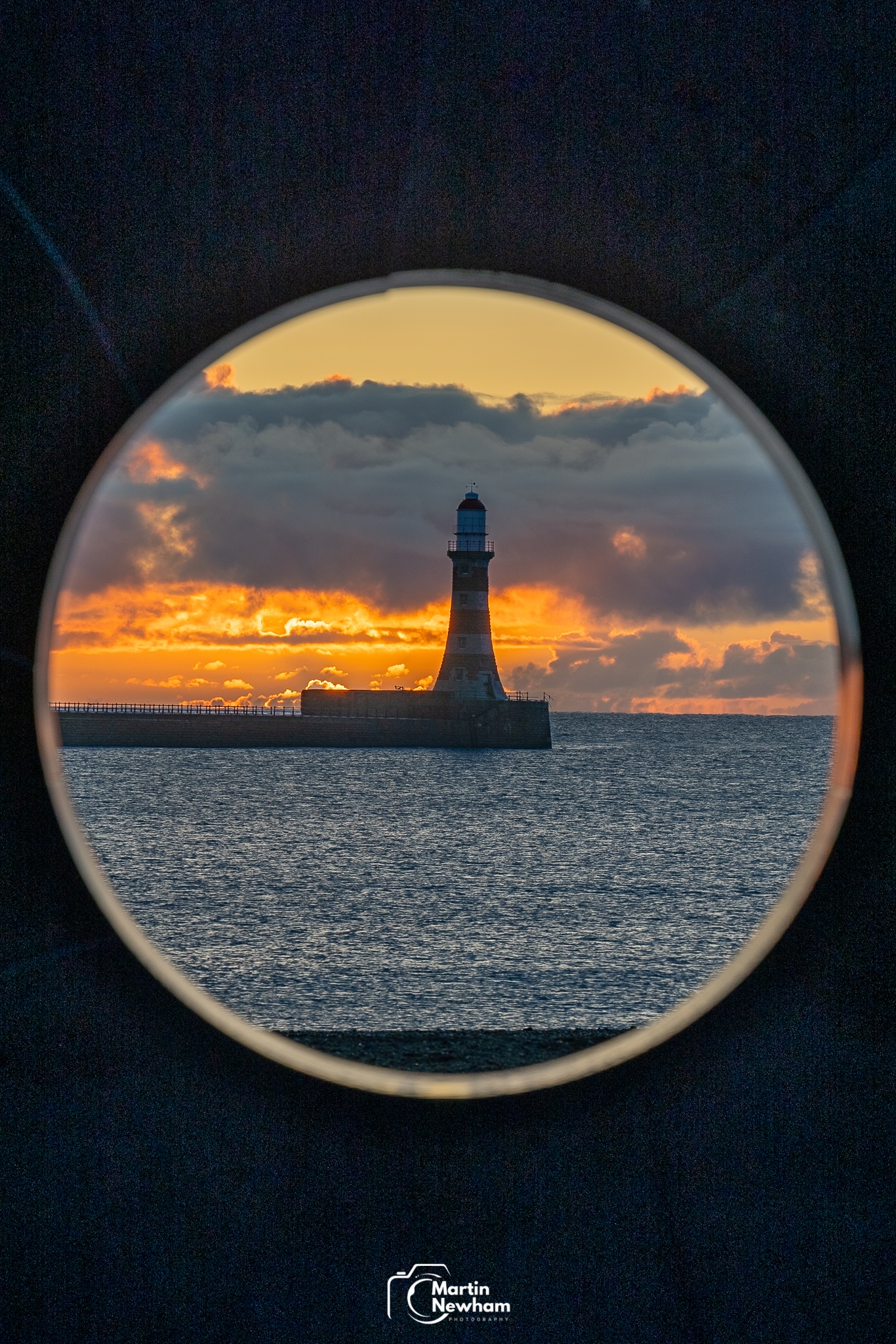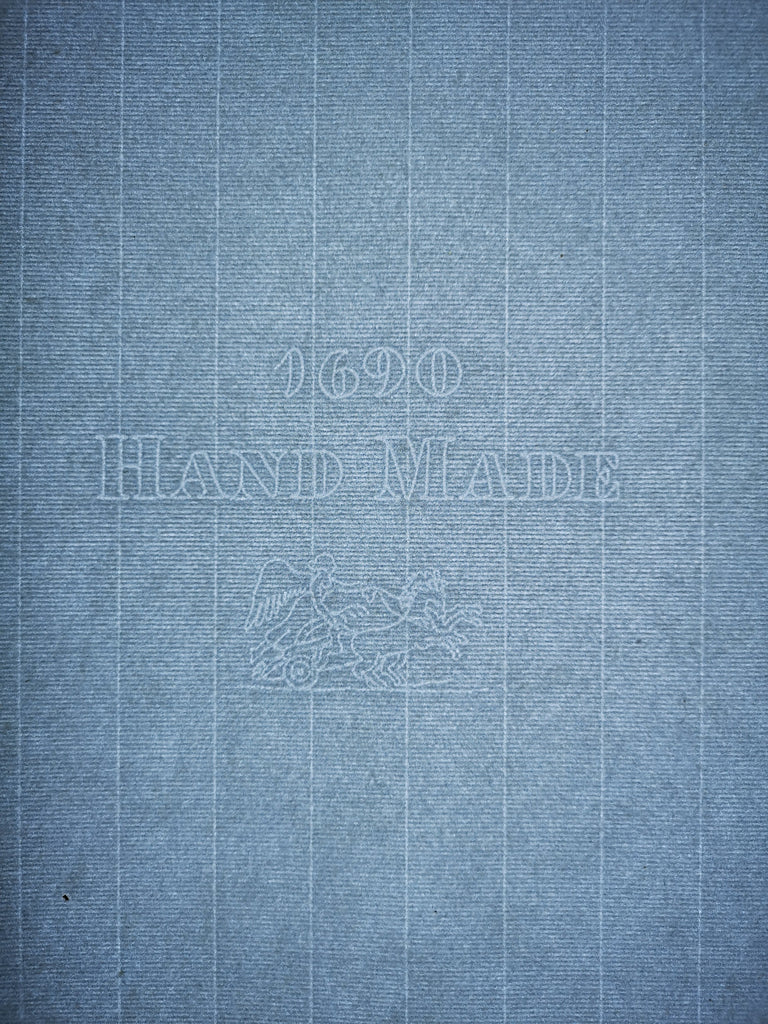Posted: Friday, 28 March 2025 @ 11:11
Hi from me, Martin at Terry Harrison Art, I hope this newsletter finds you well.
It's almost the end of March and where has the year so far gone! Here in the North East of UK we are really seeing Spring appear and I personally am loving having so much more light.
Of course more light means that I need to get up super early for those Sunrise photos that I do like to take, but the efforts are often rewarded with some great images:



Last week I gave a brief introduction to what goes into watercolour paints.
This week I thought I would go into a little more detail about Watercolour Paper; Like the paints this is a rabbit hole in terms of just how much literature is out there about something as simple as just paper!
It turns out to be fascinating, but I've pulled a little summary together here:
Introduction:
We all use Watercolour paper but the quality of the paper you choose can make a significant difference in your work.
Watercolour paper is specially designed to handle the wet washes and pigments of watercolour paints, offering varying levels of absorbency and texture to suit different artistic styles.
Whether you are just starting or are an experienced painter, understanding watercolour paper will help you understand how the paint and paper work together and will influence your style.
A Brief History of Watercolour Paper
The origins of watercolour paper date back to ancient times, with early artists using parchment and vellum as their surfaces.
The first true watercolour paper is believed to have been produced in the 18th century, with the rise of European paper-making techniques.
Pre 1754 all paper in the world was produced in the same way - a wire mesh was dipped into a vat of liquid paper (paper suspended in liquid), removed and then pressed and dried. This resulted in a paper characterised by lines:

In the 1750s James Whitman began to experiment with a new technique at his mill in Maidstone, Kent.
He started using a much finer brass mesh as his mold and then laid out the drained paper onto felt before pressing and drying.
Crucially this resulted in a sheet with a much smoother, less irregular surface than previously found in 'laid' paper.
This opened the way for much more experimentation over the following decades which included paper specifically for Watercolour.
By the 1780s, Whatman developed a wove paper specifically made with gelatin, providing a protective coating that reduced damage from wetting and reworking, perfect for the application of paints.
How Watercolour Paper is Made
Watercolour paper is typically made from cotton or wood pulp, with cotton being the preferred material due to its superior strength and absorbency.
The paper is produced through a process that involves pulping the raw materials, forming sheets using moulds or machines, and then drying and pressing them to achieve the desired texture and weight.
Handmade and mould-made papers offer greater durability and a natural feel, while machine-made papers are often more consistent in texture and affordability.
Types and Surfaces of Watercolour Paper
Watercolour paper comes in three main surface textures: hot-pressed, cold-pressed (or NOT), and rough.
- Hot-pressed paper has a smooth surface, making it ideal for fine detail and precise brushwork.
- Cold-pressed paper (NOT), with its moderate texture, is the most versatile and widely used, suitable for both detailed and expressive techniques.
- Rough paper has the most texture, providing dramatic effects and allowing for rich granulation.
In addition to texture, paper weight is also important; common weights include 140lb (300gsm) and 300lb (640gsm), with heavier papers requiring less stretching to prevent buckling.
We have a selection of papers available here on the website.
Budget vs. Premium Watercolour Paper
Like with paints the price you pay generally reflects the quality and quantity of the ingredients of the paper.
Budget-friendly papers are often made from wood pulp or cellulose, are more affordable but may not handle multiple washes or heavy water application as well as high-quality alternatives.
Premium watercolour papers offer superior absorbency, durability, and colour vibrancy, which can lead to better results and a more enjoyable painting experience.
We recommend the Bockingford paper that can be found in sheets and pads in our shop.
Thats it for this week - as ever you can follows on socials and you can see more of my own images on my own website - www.martinnewham.com
Happy Painting